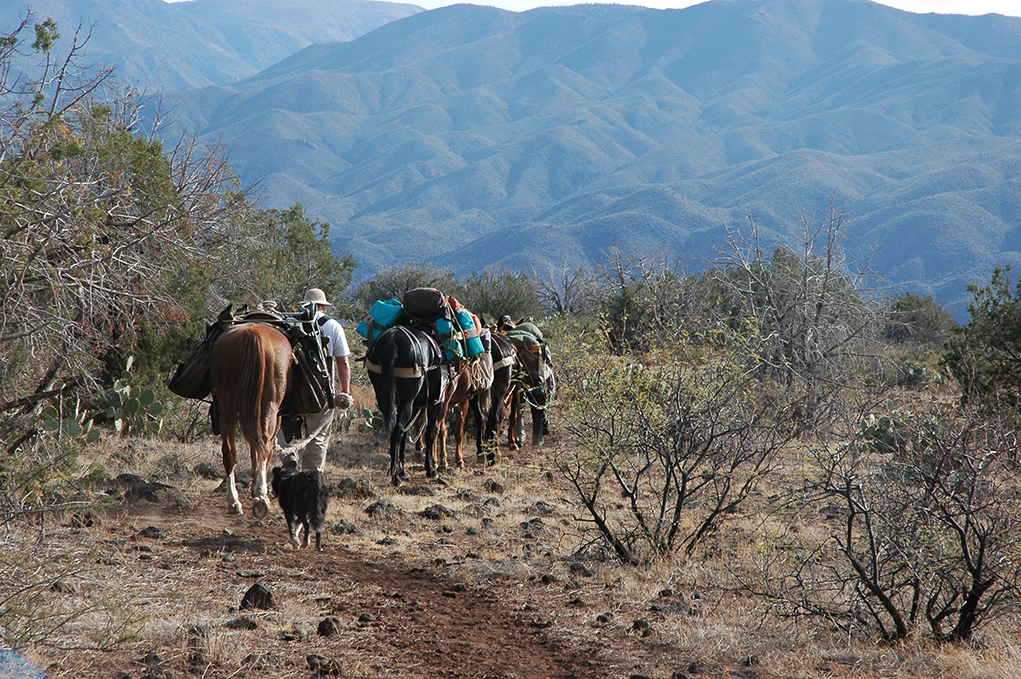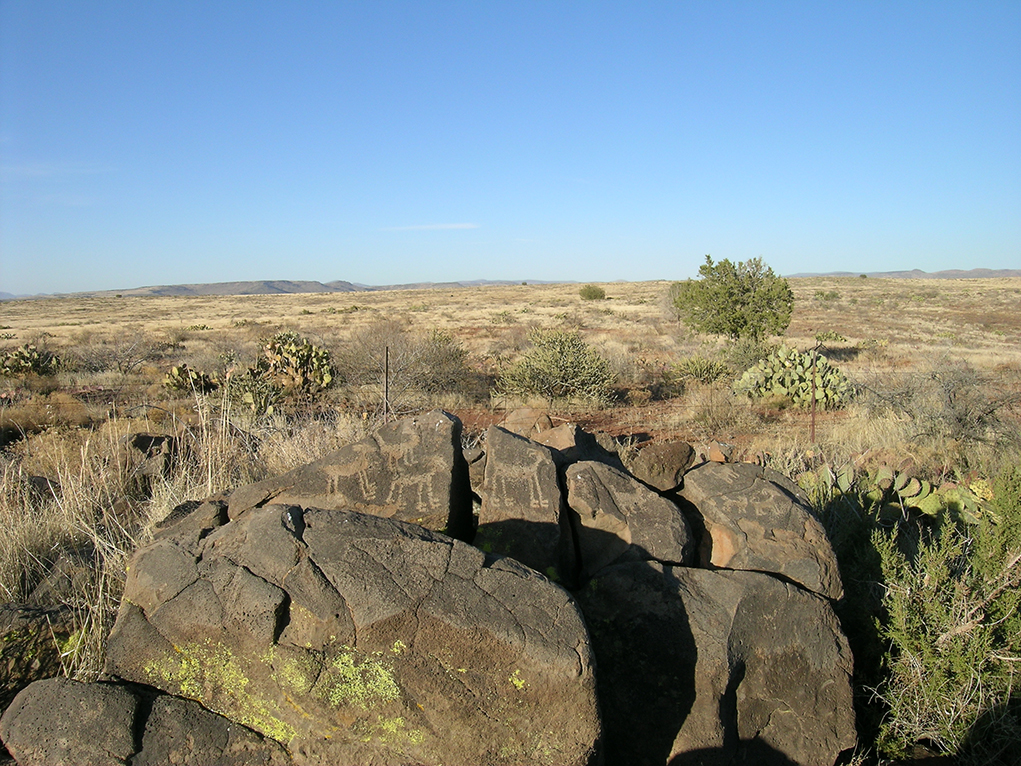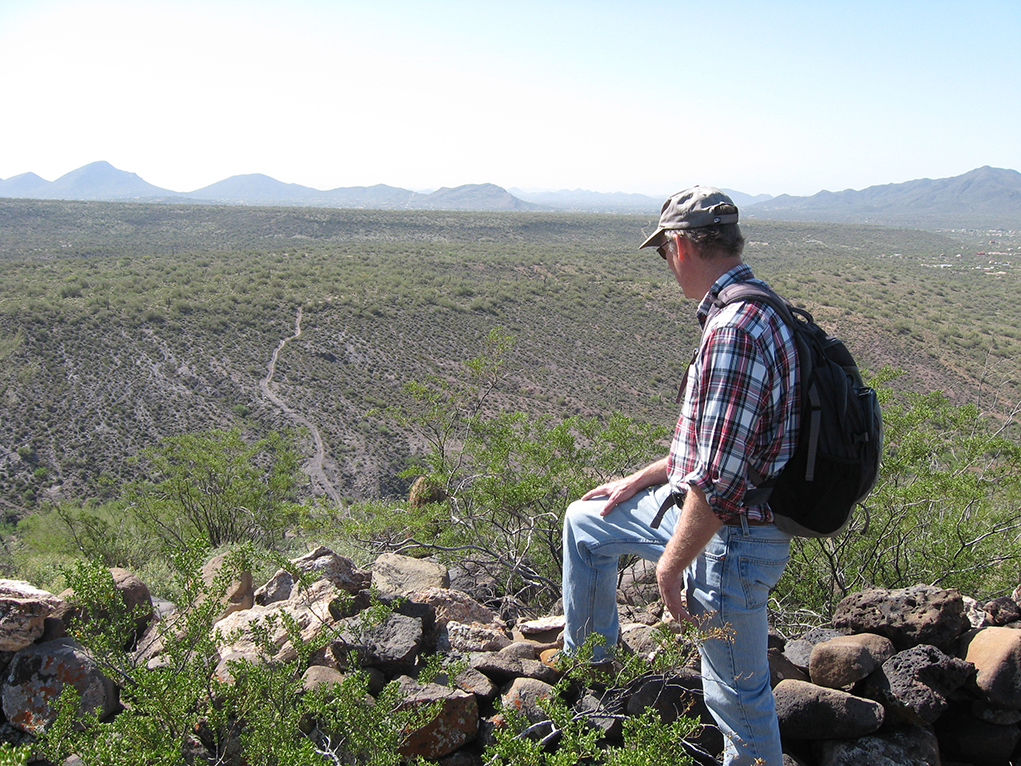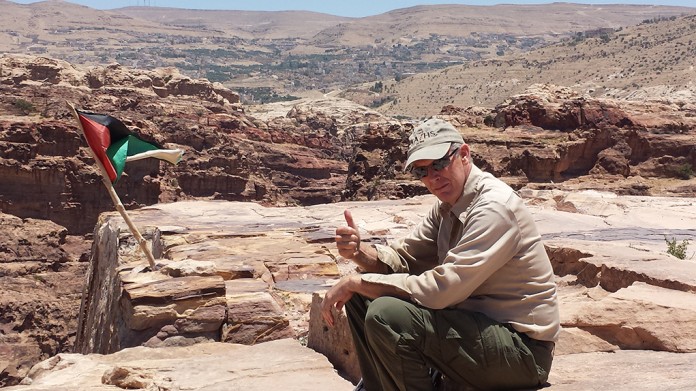PhD David Abbott presents, It’s All About Scale: Polity and Alliance in Prehistoric Central Arizona. The Pueblo IV period (ca. A.D. 1275-1400) in the American Southwest was characterized by political upheaval and population distributions for defense. In central Arizona, a large-scale confederation, labelled the Verde Confederacy, may have stretched along the middle and lower reaches of the Verde River and over to Perry Mesa. It is said to have formed during the preceding period and ultimately incorporated large populations and an expansive territory for purposes of warfare against the Hohokam enemies to the south. The Verde Confederacy may have been designed to provide for mutual security, such as a network of line-of-sight relationships that provided an early-warning mechanism and the means to mobilize assistance to neighboring parts of the alliance. Atop Perry Mesa, the settlement arrangements indicate large pueblos were strategically built as components of an integrated defense in which the people of each pueblo protected the backs of the others while blocking access to all routes up the steep canyon walls from the foothills below.

David R. Abbott is an Associate Professor of Anthropology in the School of Human Evolution and Social Change at Arizona State University. Professor Abbott earned his PhD at Arizona State University and worked as a private consultant and research associate at Arizona State Museum before joining the faculty at ASU in 2004. He has studied the archaeology of central and southern Arizona for 35 years. His ongoing research on settlement and political alliances on Perry Mesa and the surrounding territory in the 14th century has been generously funded with grants from the National Science Foundation, the US Bureau of Land Management, the National Park Service, and the Desert Foothills Chapter of the Arizona Archaeological Society, and with technical support from the Tonto National Forest.

The hypothesized scale of the Verde Confederacy was regional in size. It may have included ~12,000 members living at ~135 settlements, and a swath of land 125 km in length. If so, the confederacy was organized at a scale that would have made it the largest alliance of its time. But, did it truly exist? Multiple lines of evidence have been brought to bear to address this question, including climate data, agricultural production, architectural building sequences, ceramic manufacture and exchange, and the spatial distribution of race tracks.

The general public may attend an Arizona Archaeology Society – Desert Foothills Chapter meeting at no charge, except for the member-only holiday party in December. The AAS-DFC meetings are held on the second Wednesday of each month, September through May. There are refreshments available at 7 p.m. and the meeting begins at 7:30 p.m., usually ending prior to 9 p.m. The meetings are held in the community building (Maitland Hall) at The Good Shepherd of the Hills Episcopal Church, 6502 East Cave Creek Road, Cave Creek, AZ 85331. Visit www.azarchsoc.org/desertfoothills.





